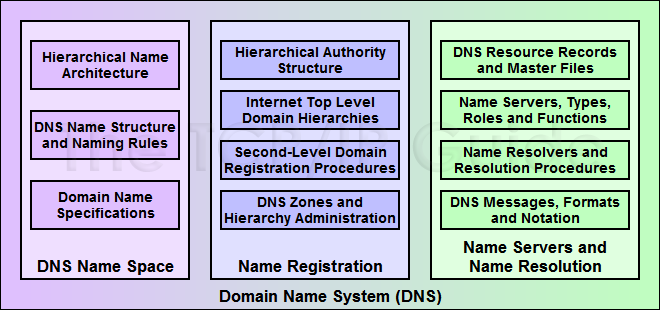 |
|
Please Whitelist This Site?
I know everyone hates ads. But please understand that I am providing premium content for free that takes hundreds of hours of time to research and write. I don't want to go to a pay-only model like some sites, but when more and more people block ads, I end up working for free. And I have a family to support, just like you. :)
If you like The TCP/IP Guide, please consider the download version. It's priced very economically and you can read all of it in a convenient format without ads.
If you want to use this site for free, I'd be grateful if you could add the site to the whitelist for Adblock. To do so, just open the Adblock menu and select "Disable on tcpipguide.com". Or go to the Tools menu and select "Adblock Plus Preferences...". Then click "Add Filter..." at the bottom, and add this string: "@@||tcpipguide.com^$document". Then just click OK.
Thanks for your understanding!
Sincerely, Charles Kozierok
Author and Publisher, The TCP/IP Guide
|
|
|

Custom Search
|
|
DNS Components and General Functions
(Page 1 of 2)
To meet the many objectives set for it by its designers, DNS requires a great deal of functionality. It is a true name system with the emphasis on system, and as such is considerably more complex than the host table name system used earlier in TCP/IP. In the section describing name systems in general, I divided the many tasks a fully-featured name system into three categories. DNS includes functions in all of these categories, and so using these categories is a good way to take a high-level look at the way DNS works.
The following are the three basic name system functions, and how DNS implements them (see Figure 234).
|
DNS uses a hierarchical name space consisting of a single, complex, multi-level structure into which all names in the system fit. The name space is organized starting from a single root into which “containers” (called domains) are placed. Each can contain either individual device names or more specific “sub-containers”. The overall structure is somewhat analogous to how a directory system on a computer organizes files from general to specific, using an arbitrary structure that can be optimized to various needs.
A specific syntax is used to define valid names, and special terminology used to describe parts of the structure and identify domain names, from the root down to the device level.
DNS name registration is used to enter individual names into the DNS distributed database. DNS uses a hierarchical arrangement of authorities that complements the hierarchical name space. A centralized authority determines the overall shape and structure of the name space, and handles registration of names at the highest level. Authority is then delegated to different organizations to manage various parts of the name space. A set of universal policies controls the registration process and deals with problems and conflicts.
|
| |||||||||||||||||||
Home - Table Of Contents - Contact Us
The TCP/IP Guide (http://www.TCPIPGuide.com)
Version 3.0 - Version Date: September 20, 2005
© Copyright 2001-2005 Charles M. Kozierok. All Rights Reserved.
Not responsible for any loss resulting from the use of this site.







